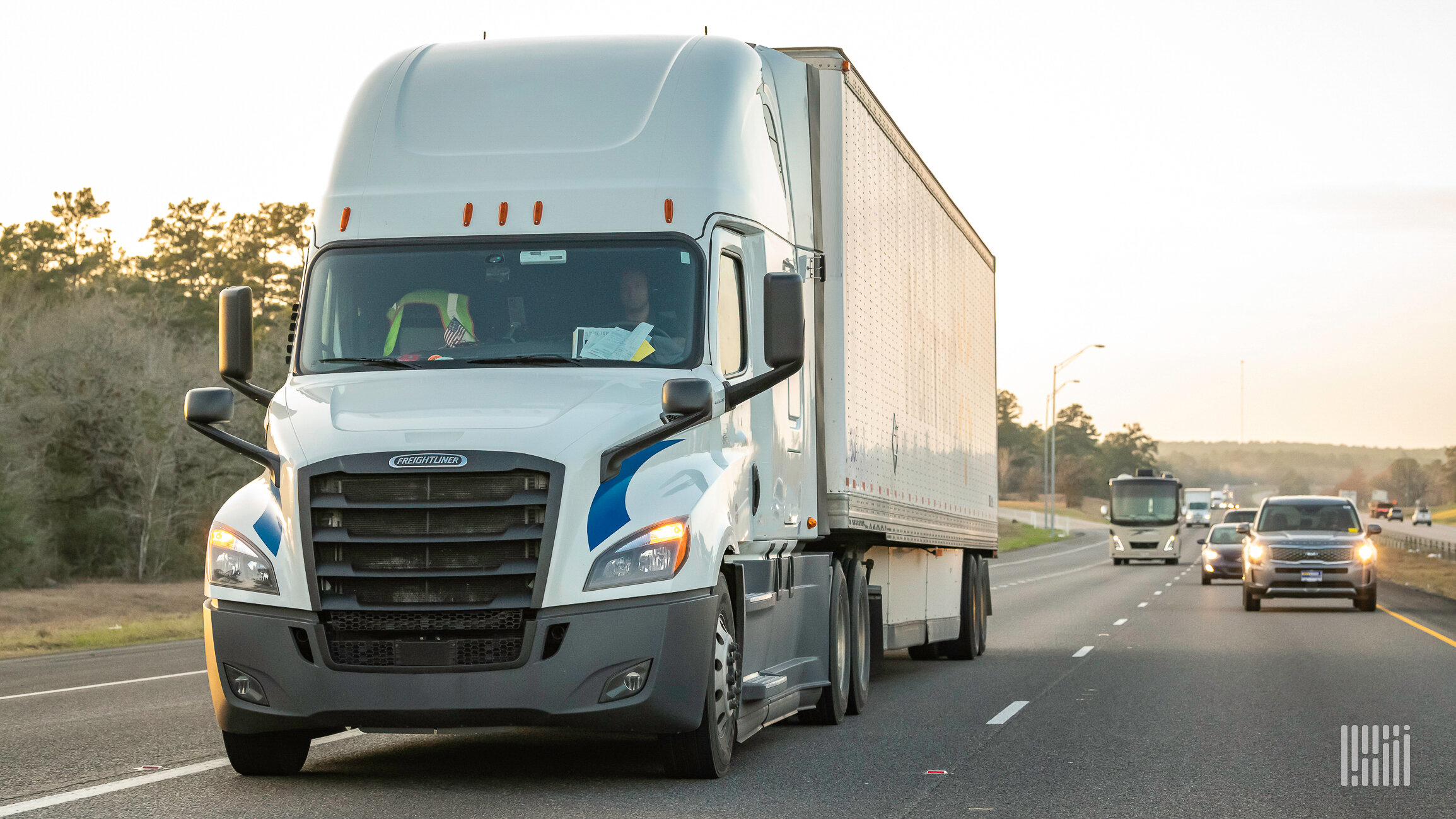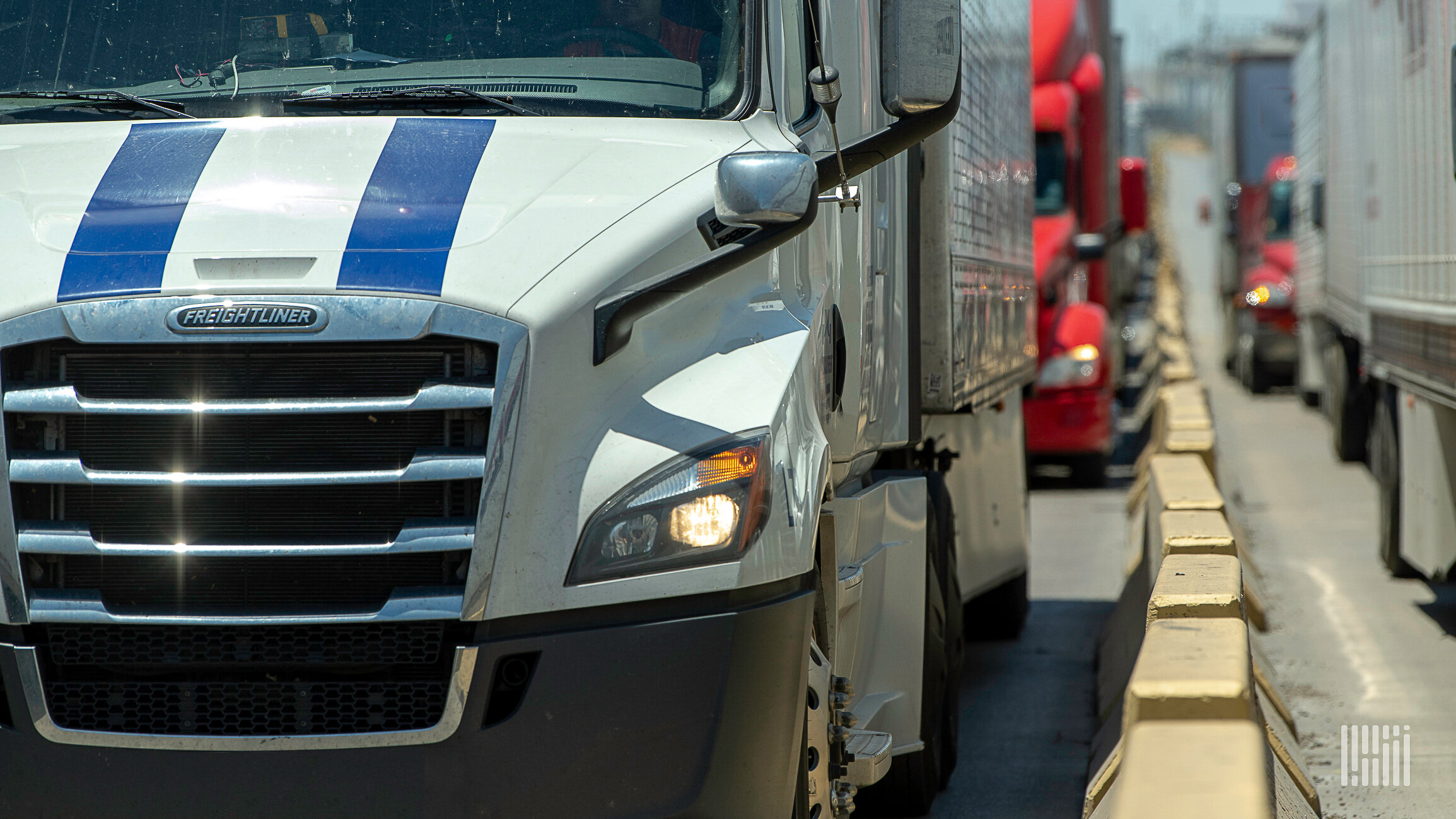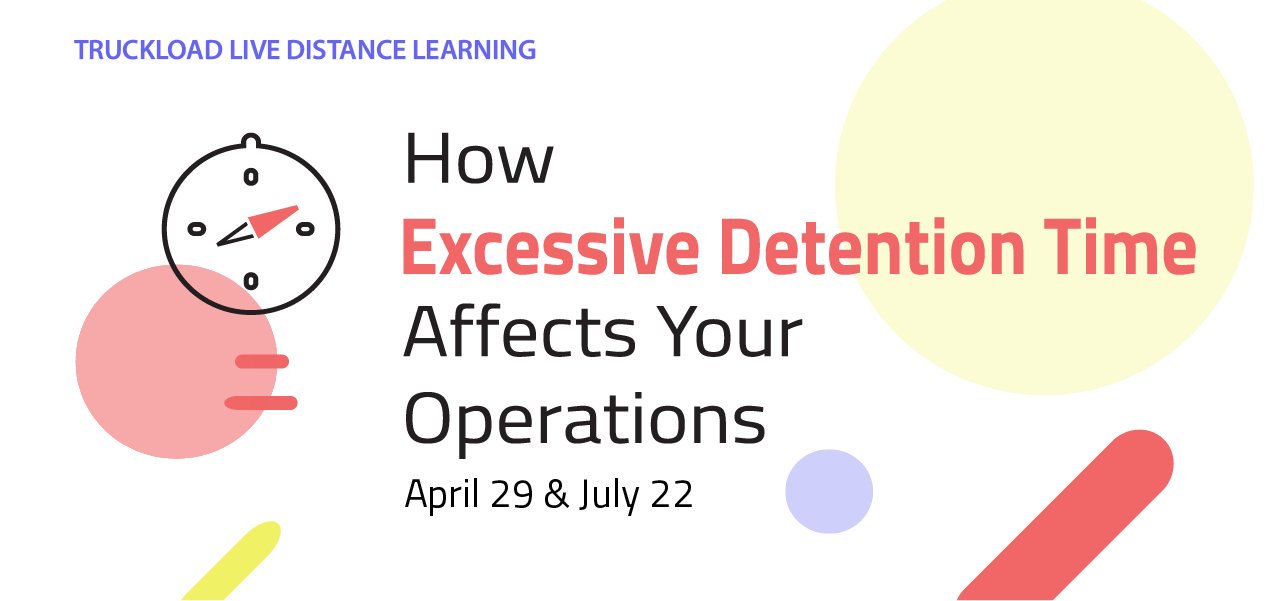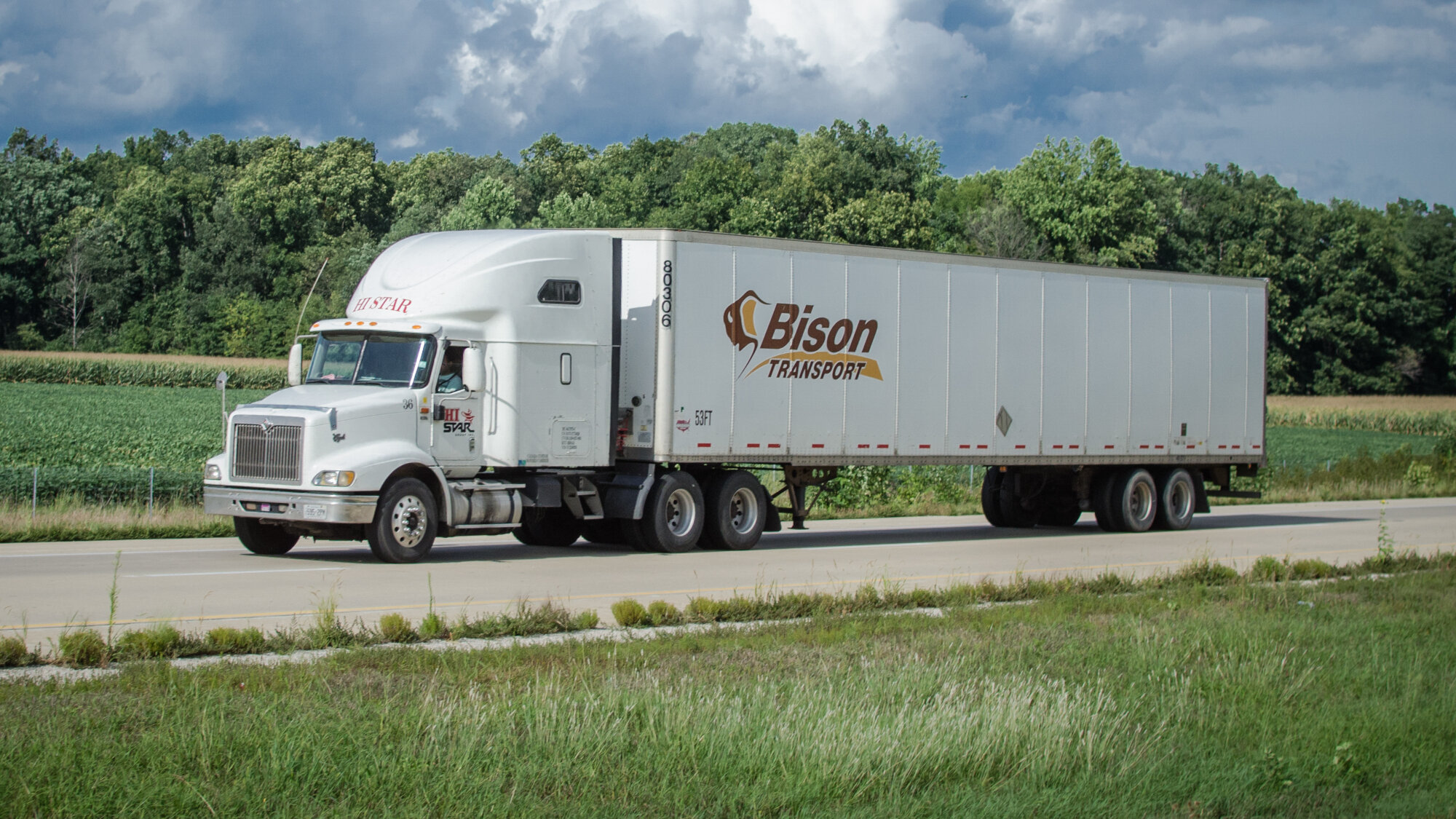
Image: Jim Allen/FreightWaves
Guest contribution by John Gallagher, FreightWaves
Training required for a Class A commercial driver’s license (CDL) just became less of a hassle for Class B truck drivers.
The Federal Motor Carrier Safety Administration (FMCSA) announced on March 5 a final rule streamlining the CDL upgrade process that it says will cut costs. The rule could ultimately help attract and retain drivers.
“This effort is a common-sense way of reducing the regulatory burdens placed on CDL applicants and their employers,” said FMCSA Administrator Ray Martinez. “FMCSA continues to strategically reform burdensome regulations to improve the lives of ordinary Americans by saving them valuable time and money – while simultaneously maintaining the highest level of safety.”
Abigail Potter, manager of safety and occupational health policy for the American Trucking Associations, told FreightWaves that the rule change “is necessary to help insure that experienced drivers who currently hold a Class B CDL stay in the industry, and since there are so many opportunities to drive a Class A commercial vehicle, it’s a way to keep them in the industry, and reduce some of the training burdens as well.”
The streamlined CDL process was proposed in June 2018 as an amendment to the Entry-Level Driver Training (ELDT) regulation published in December 2016 and scheduled to take effect on February 7, 2020.
The ELDT regulation initially required the same level of theory training for first-time CDL trainees as for those who already have training and experience through a Class B license (which allows a driver to drive straight trucks, box trucks and smaller tractor-trailers) but want to upgrade to a Class A license (allowing them to drive large tractor-trailers, tank vehicles, livestock carriers and flatbeds).
Because of that prior training or experience, drivers who obtain their Class B CDL before February 7, 2020 will be able to choose an upgrade curriculum that contains eight fewer non-driving instructional units than the standard curriculum.
“Drivers who obtain their Class B CDL after February 7, 2020, will have completed the Class B theory instruction curriculum set forth in the ELDT final rule, which includes the eight non-driving units not included in the Class A upgrade curriculum,” according to the new rule. “Therefore, these Class B holders, who have already demonstrated proficiency in those eight non-driving instructional units, may choose the upgrade curriculum when seeking a Class A CDL.”
FMCSA estimated that over 11,000 driver-trainees per year will benefit from the rule change and will spend 27 hours less time, on average, completing theory instruction. It also estimated that roughly $17 million of the annual $18 million in cost savings would be realized by driver-trainees, with the remaining savings going to the motor carriers that employ the drivers.
The March 5 rule does not change the behind-the-wheel (range and public road) training requirements that were included in the 2016 ELDT regulation.




















